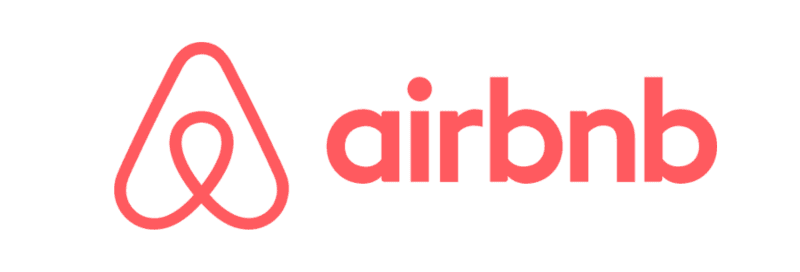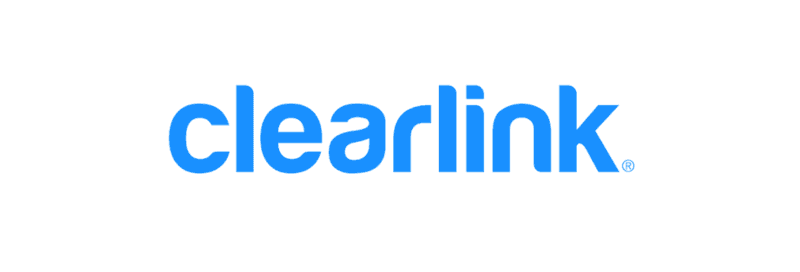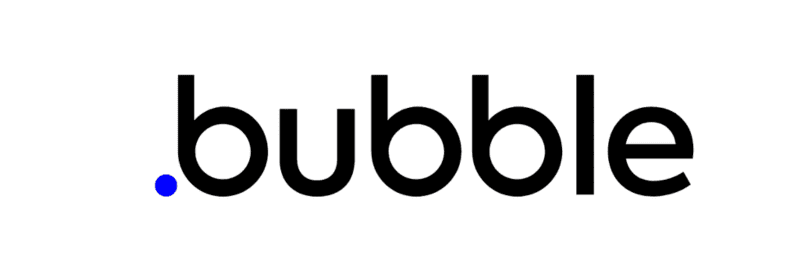In the heart of Silicon Valley, amidst the hum of servers and the glow of monitors, Sarah, a startup founder, found herself at a crossroads. With a brilliant idea for a new app but limited coding knowledge and a tight budget, she felt trapped in a digital maze. That was until she stumbled upon the world of low-code and no-code platforms. This discovery not only transformed her business but also changed the way she viewed software development.
If you've ever felt the weight of technological barriers, this tale of innovation and empowerment is for you.
Low-code and no-code platforms are democratizing software development, making it accessible to people of all skill levels, including those with no coding experience.
This is a big deal because it means that anyone with an idea can now build a software product to bring it to life.
Diving into the Digital Magic: Unpacking Low-Code and No-Code Platforms
Low-code and no-code platforms are the modern solutions to the age-old problem of software development complexity. At their core, they are tools that allow individuals to create applications with minimal hand-coding and manual intervention.
Low-Code:
These platforms require some coding but simplify the process by offering drag-and-drop interfaces, pre-built templates, and visual development tools.
Think of it as a digital Lego set. Yes, you'll need a few coding bricks, but with handy drag-and-drop tools and ready-to-use templates, you'll be building skyscrapers in no time!
No-Code:
As the name suggests, these platforms eliminate the need for any coding whatsoever. They empower even non-technical users to build functional applications using visual interfaces. It's pure magic! Even if "tech-savvy" isn't in your vocabulary, these platforms have got your back, turning you into a digital maestro overnight.
Limitations of Traditional Coding
Traditional coding methods, while powerful, were often cumbersome. They required a team of skilled developers, rigorous testing phases, and a significant amount of time. For many businesses, especially startups and SMEs with limited resources, this was a significant hurdle. The software development lifecycle could span weeks if not months. And in the digital age, where market dynamics could shift overnight, this delay was costly.
Moreover, the complexity of traditional coding meant that only those with specialized knowledge could contribute to the development process. This siloed approach left out a vast majority of the workforce, who, despite lacking technical coding skills, had valuable insights into customer needs and business processes.
Need for No-Code/Low-Code Platforms
The digital revolution brought with it a demand for rapid application development. Businesses needed agility, and traditional coding methods were often too slow and resource-intensive. Recognizing this gap, innovators began developing platforms that reduced the coding burden, leading to the birth of low-code and no-code solutions.
The Need for Speed in the Digital Era
The digital revolution wasn't just about having an online presence; it was about how quickly a business could adapt and innovate in this space. The market became fiercely competitive. Companies that could launch new applications or update existing ones swiftly had a distinct advantage.
They could cater to changing customer needs, tap into new revenue streams, and stay ahead of competitors. However, there was a bottleneck: the traditional software development process.
Also Read: AI Revolution: The Future of Creativity or the End of Human Originality?
Bridging the Gap: The Birth of Low-Code and No-Code
Recognizing these challenges, tech innovators saw an opportunity. What if there was a way to simplify the software development process? What if non-developers could also contribute to creating applications? With these questions in mind, the foundations for low-code and no-code platforms were laid.
Low-code platforms emerged as a middle ground, offering pre-built components and a visual interface while still allowing for some custom coding. This meant that businesses could speed up the development process without compromising on customization.
No-code platforms took this a step further. They removed the coding aspect altogether, relying solely on visual development tools. This democratized application development, enabling even those without any technical background to build functional and efficient digital solutions.
The Impact
The introduction of low-code and no-code platforms was a game-changer. Businesses could now rapidly prototype, test, and deploy applications. They could iterate on feedback quickly and ensure that their digital solutions were always aligned with market needs. Moreover, by reducing their dependency on specialized developers, companies could also achieve significant cost savings.
In essence, low-code and no-code platforms were not just tools; they were catalysts for digital transformation, enabling businesses to navigate the digital age with agility, efficiency, and inclusivity.
By understanding the genesis of these platforms, we can truly appreciate their value and potential in today's fast-paced business landscape.
How Can These Platforms Benefit Your Business?
Have you ever thought about creating your own website or mobile app? The use of low-code and no-code platforms can help you overcome multiple barriers, like:
Speed:
It's like giving your business a pair of rocket boots! Launch your ideas into the digital space faster than you can say "Go!"
Cost-Efficiency:
Imagine trimming down those hefty tech bills. No more hiring an army of developers or outsourcing to pricey agencies.
Flexibility:
In the ever-shifting sands of the business world, these platforms are your shape-shifters, adapting without the fuss of endless code tweaks.
Inclusivity:
Why let the tech wizards have all the fun? Now, even those who don't speak "code" can join the digital dance and craft something spectacular.
Digital Mavericks: How Low-Code and No-Code Platforms Are Crafting Success Stories
In the vast digital ocean, where waves of codes and algorithms can often drown businesses, some savvy sailors have found their North Star in low-code and no-code platforms. These platforms aren't just tools; they're game-changers, turning underdogs into industry titans. Let's dive into some tales of triumph, where innovation met simplicity and magic happened.
Airbnb: Crafting a Homely Niche in the Digital World

Before Airbnb became the household name for wanderlust souls, it was just an idea brewing in its founders' minds. But how do you test the waters without diving deep into the coding abyss? Airbnb's answer was simple: use tools that simplify the complex. Their initial prototype wasn't built on heavy-duty coding. Instead, they leveraged platforms that required just a touch of code, allowing them to bring their vision to life swiftly and on a shoestring budget. Today, Airbnb stands as a testament to the power of starting lean yet dreaming big.
Lonely Planet: Charting New Digital Territories

Lonely Planet, the name synonymous with travel enthusiasts, faced a challenge: how to efficiently deliver content to their myriad partners? Instead of going the traditional route, they embraced a low-code platform. The result? A seamless portal that not only streamlined content delivery but also strengthened partner bonds It's like giving a traveler the perfect map—clear, concise, and comprehensive.
Clearlink: Navigating the Digital Marketing Maze with Ease

In the intricate dance of digital marketing, timing and precision are everything. Clearlink, a digital marketing maestro, found its rhythm with a no-code platform. Their challenge was lead distribution, a process that can often feel like catching lightning in a bottle. With their no-code solution, they didn't just catch the lightning; they channeled it, automating lead distribution and slashing lead handling time by a whopping 60%. Its efficiency was redefined.
Bubble: Democratizing the Digital Dream

Ever heard of bubbles? If not, it's high time you did. Bubble is a shining beacon in the no-code universe, allowing dreamers and doers to build web applications with visual drag-and-drop tools. From startups like Dividend Finance, which secured over $1 billion in financing, to hobby projects that turned into profitable ventures, Bubble showcases the limitless potential of no-code platforms.
In the grand tapestry of the digital world, these success stories are but a few threads, weaving tales of innovation, agility, and triumph. They prove that with the right tools, vision, and a sprinkle of creativity, the digital sky's the limit.
The Future
With the increasing demand for digital solutions and the ever-present need for agility, the future looks bright for low-code and no-code platforms. As artificial intelligence and machine learning integrate further into these platforms, we can expect even more advanced, yet user-friendly, application development tools.
Also, Read: Is Low Code - No Code Future of Application Development?
The digital landscape is evolving rapidly, and businesses of all sizes need to be able to adapt to keep up. Low-code and no-code platforms offer a new way to develop software quickly and efficiently, without the need for a team of experienced developers.
As Sarah's story shows, low-code and no-code can help businesses innovate, improve their operations, and reach new customers. If you're not already using low-code and no-code, it's time to start considering how they can help your business grow.
SoluteLabs is a digital product studio that helps businesses build and scale their dreams. We're experts in low-code and no-code development, and we can help you harness the power of these platforms to achieve your business goals.
It's time to embrace the future and harness the power of low-code and no-code. We are here to help you every step of the way. Contact us today for a free consultation to learn more about how we can help you use low-code and no-code to build and grow your business.








